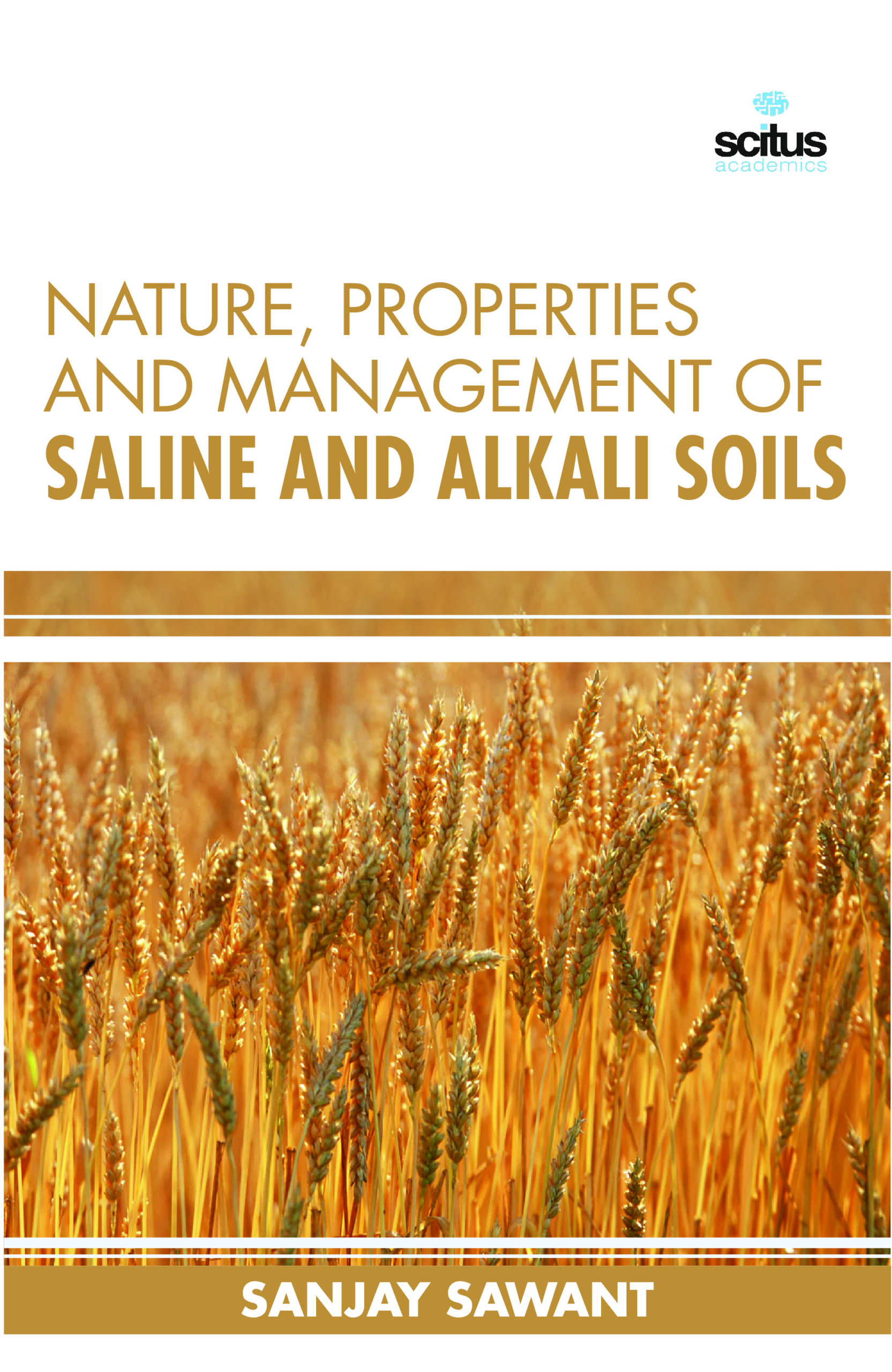There is a great variety in their physical, chemical and biological properties, but they can be made to yield a good crop by adopting proper management practices and soil and water conservation measures, applying organic manures and chemical fertilizers and supplementing monsoon rain with irrigation water. But there are some extreme soil conditions which do not provide a suitable medium for the growth of plants and desirable microorganisms. Such soils are either too acidic or alkaline and special measures have to be adopted to bring them in proper condition before any crop can be raised on them satisfactory and economically. In high rainfall areas, acidic soils are formed due to leaching of bases or salts. In arid regions where rainfall is low and temperature high, soils become saline or alkaline due to alkaline due to accumulation of salts in the surface soil. Micro-organisms decompose organic matter in the soil and organic acids are continuously being formed. If these acids are not neutralized by free lime or bases to make the soil acidic. It can be corrected by liming. The liming material may be ground lime stone (CaCO3), burnt lime (CaO) or hydrated lime Ca (OH)2- When lime is added, the soil solution becomes charged with calcium ions which replace hydrogen ions in the exchange complex. When burnt (CaO) or slaked or hydrated lime Ca (OH)2 is added to acidic soil, it changes into calcium bicarbonate, which in solution reacts with soil colloids. Example of superphosphate or ammonium sulphate which increases acidity in soil and maintains fertility of soil impoverished by leaching and cropping.













